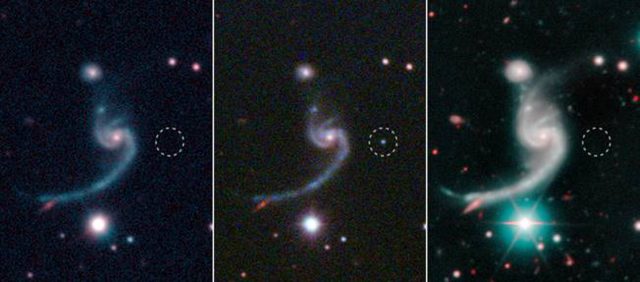MI weekly selection #301

Hidden companion likely stole material from star
A close celestial companion of some kind likely siphoned off the mass of a star before it exploded into an unusual supernova, ejecting very little material. “We call this an ultrastripped envelope supernova,” said Mansi Kasliwal of the California Institute of Technology, adding that the observation is “the first time we have convincingly seen core collapse of a massive star that is so devoid of matter.”
Collaborators publish Hawking’s last paper
The last scientific paper that includes input by the physicist Stephen Hawking, who died in March, has been released on arXiv.org. Titled “Black Hole Entropy and Soft Hair,” the paper suggests that some information about an object thrown into a black hole might be preserved, accounting for a change in the black hole’s entropy.
Mice from 2 biological dads produced using gene-editing technique
Baby mice with two biological fathers and no mother have been produced in a lab using a gene-editing technique. Researchers used stem cells from two male mice to create embryos implanted into female surrogates, producing offspring, but none of the pups survived for more than a few days after birth.
Scientists create organoids to study eyes’ color-sensing cells
Small lab-grown organoids are helping scientists learn more about how color-sensing cells in human eyes develop. Researchers engineered stem cells to develop into eye tissue with photoreceptors that reacted to different colors of light.
Study identifies roles of neurons, protein in mechanical allodynia
The same neurons that register normal touch also transmit pain signals in those with the nerve condition mechanical allodynia. Experiments with mice focused on a protein called Piezo2 that is abundant in cells that deliver touch signals to the central nervous system.